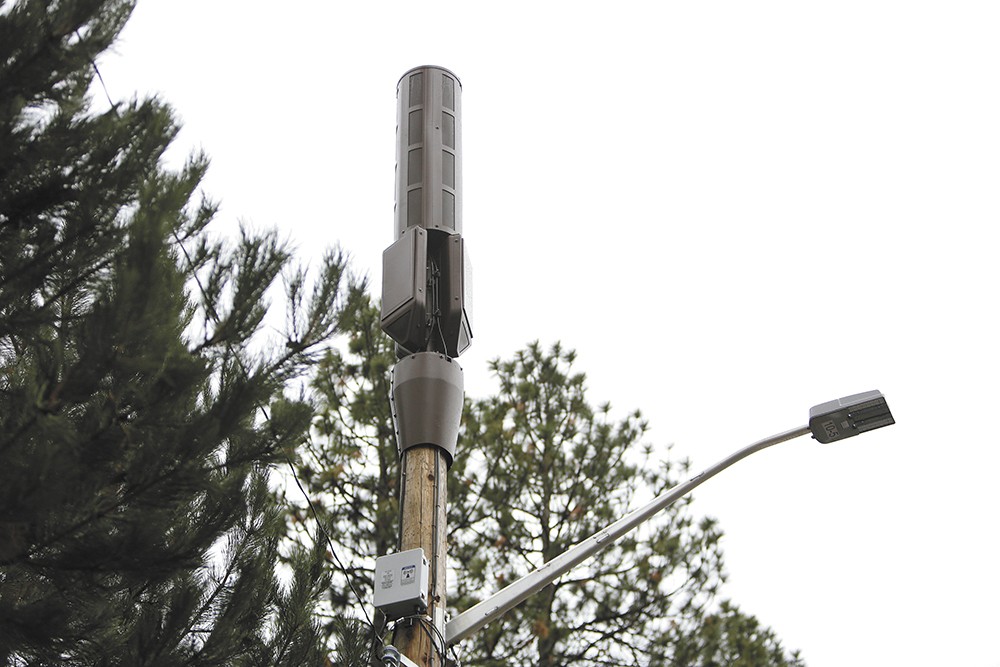advertisement
Building High-quality Networks With Huawei’s Wi-Fi 6
Today’s digital, mobile Internet era has ushered in wireless networks, that are bringing previously undreamed of benefits to enterprises across…

Today’s digital, mobile Internet era has ushered in wireless networks, that are bringing previously undreamed of benefits to enterprises across the board. We are becoming accustomed to being able to access the Internet anytime and from anywhere, in fact, this has become a necessity in our work and personal lives.
Moreover, Wi-Fi networks have become critical to digital transformation, linking users to clouds and Internet of things (IoT) devices, enabling network resources to be shared with employees, driving collaboration, efficiency and facilitating mobile workforces along the way. The vast majority of top tier organisations have implemented wireless offices, vastly boosting their working efficiency.
The same is true of the education sector, as employing Wi-Fi networks enables teachers and students to conveniently learn online and access all the resources they need. Virtual reality and augmented reality are adding to the mix and making studying more convenient and simpler than ever.
advertisement
Wi-Fi networks also cut network construction costs. In a typical enterprise, a single common access point can support 60 stations, with the average user having three Internet access terminals. In this way, one access point can provide connectivity to more than 20 cubicles of users. On the other hand, the old approach was to have two telecoms outlets for each staff member, one for the network cable and one for telephony, which uses more switch point.
When you look at large conference rooms, deploying wired networks that allow all users to access the Web becomes unfeasible. On the other hand, using Wi-Fi for full coverage is totally doable, and becoming the inevitable solution.
We have moved to a time of the ‘Internet of everything’, with billions of new connected devices being used every year. In fact, Huawei’s research predicts that the number of connected devices will reach 100 billion by the year 2025. IoT has an almost limitless range of use cases, from security and smart cities to environmental monitoring. Many of these applications need low data bandwidth, high latency, and a wide coverage range. At the same time, IoT data requires secure transmission and lower latency.
advertisement
This data also ranges in type, from real-time monitoring to delivering production instructions and logistics data. Again, Wi-Fi networks are the logical choice, as they offer high bandwidth, secure transmission in a local area network, as well as low latency.
Every way we look at it, Wi-Fi is one of the greatest inventions of the technology era, driving innovation and the creation of new technologies, industries and jobs around the globe. These networks have been widely adopted by more and more organisations due to their simple deployment, low implementation costs, and wide relevance. Users within enterprises can upload and share information, boosting productivity and efficiency.
Wi-Fi networks are currently used by more applications in more industries and have moved beyond simply emitting wireless signals and providing fast and safe access.
advertisement
For example, applications that need higher bandwidth and lower latency, including virtual reality, 4K HD videos, and automated guided vehicles are on the rise, and wireless networks need to be built with this in mind, and Wi-Fi providers are having to carefully examine the needs of the industry applications we will have in the future, as well as IoT uses as they scale up to truly become the Internet of everything.
This is where the latest generation of Wi-Fi 6 solutions come in, as they make it possible to build enterprise wireless networks that were designed for large-scale future industry applications such as the ones I’ve just mentioned. Wi-Fi 6 products can hugely improve the bandwidth and capacity as well as shorten the latency of traditional wireless networks. With the appropriate wireless network planning and design, any organisation can implement a cost-effective and efficient wireless network that has the ability to meet the application requirements of the future.
The rapid iteration of standards, combined by the skyrocketing growth of use cases, has seen enterprise-class Wi-Fi transform from the early “expansion of a fixed network” to a total network solution that features access control servers, agile controllers, authentication systems and network management systems.
Wi-Fi needs to do more than meet the demand for mobile Internet access, as it has become the backbone that supports digital transformation, streamlines production and boosts efficiency in all industries.
The technology giant’s unique 5G-powered antenna and algorithm technologies have enabled organisations in a number of sectors, including digital education, digital airport, omni-channel finance, smart healthcare, smart government, and smart manufacturing, to realize their dreams of a fully wireless campus.
In general, Wi-Fi 6 (802.11ax) supports four times higher network bandwidth and user concurrency in comparison to its predecessor, Wi-Fi 5. In addition, it fully enables wireless 4K HD conferences and absolutely no packet loss during automated guided vehicle roaming.
Fred Saayman, Huawei Business Unit: Executive, at Pinnacle ICT, SA’s leading local ICT distributor.